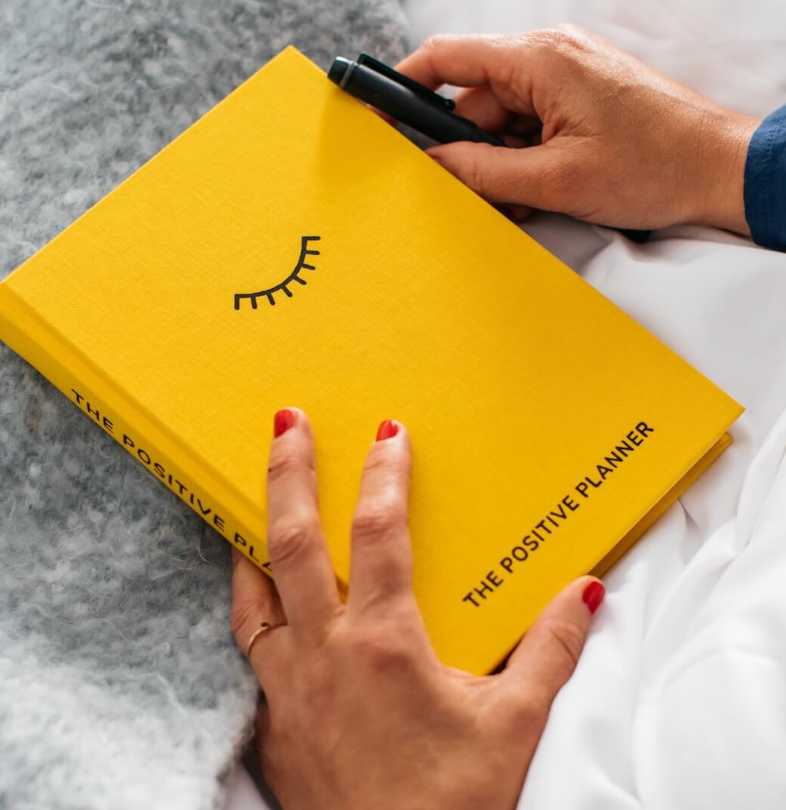
One of the many first aims of new parents after establishing feeding is to get more sleep and to help their baby distinguish between night and day – sleep time and wake time. Key to achieving this aim is how the biological clock functions and the related role of light and dark.
Our periods of sleep and wakefulness are regulated by our internal biological clock.
Without the influence of external cues such as light, dark and social cues like mealtimes (known as zeitgebers), it is suggested that our biological clocks would function to a 25 hour day.
The most important and influential zeitgeber that keeps us on our 24 hour daily cycle is natural light; when light fades and darkness falls
the pineal gland secrets the sleepy hormone melatonin which naturally prepares our bodies for sleep and keeps us sleepy. Daylight suppresses melatonin secretion, so helps us stay awake.
William Dement in his wonderful book ‘
The Promise of Sleep’ provides a fascinating history of the role of light in regulating sleep. In a nutshell though – throughout history and until fairly recently, our internal clocks and our daily lives were regulated by natural light – the rising and setting of the sun; so we worked in daylight and slept in darkness.
A fire or oil lamp may have served to lengthen the day a little, but the red/orange glow of these light sources was not enough to suppress melatonin secretion and interfere with our biological clocks.
However, the structure of our days changed with the invention of electric light bulbs – our days can stretch well into the night now with the influence of artificial light!
Lights, computers, televisions used in the evening can all delay the production of melatonin, and so delay the onset of sleepiness.
All this is relevant when establishing baby sleep.
A baby’s biological clock starts to develop at around 2-3 months and is working pretty well by 4-5 months of age. By exposing their babies to natural daylight in those early weeks and months parents can support and encourage the development of the biological clock and its associated role in regulating the sleepy hormone melatonin.
Some practical tips for using light and dark to encourage your baby or child to sleep well:
- Studies suggest that exposing babies (between 6 – 12 weeks) to natural daylight between 12 and 4pm helps establish good night sleep.
- Support the wind down to sleep by keeping the lighting low an hour before your child’s bedtime.
- Use blackout blinds to keep the bedroom dark and prevent street lights, car lights or light summer mornings stopping the flow of melatonin!
- If you need to use a night light, keep it very dim or consider using a red/yellow tinted bulb (remember the red/orange glow of the fire?)
- Expose your child to natural light first thing in the morning to trigger wakefulness and to help him keep his biological clock ticking efficiently.
- Finally – Televisions and computers are best kept out of children’s bedrooms – far too stimulating and can prevent the secretion of the wonderful sleepy hormone melatonin!
Further Reading:
Dement, W; (2000).
The Promise of Sleep. London: McMillan
Karp, H. (2012).
The Happiest Baby Guide to Great Sleep. New York: Harper Collins.
Ann Caird © 2015
Disclaimer: The purpose of this article is to inform and not for medical diagnoses or treatment. Please contact a health care professional if you have concerns about your baby or child’s health.
Learn more
Attachment Parenting UK's
Positive Discipline course, suitable for parents, carers and anyone working with children, includes modules on sleep and a wide range of positive discipline topics in 10 flexible interactive modules.
 One of the many first aims of new parents after establishing feeding is to get more sleep and to help their baby distinguish between night and day – sleep time and wake time. Key to achieving this aim is how the biological clock functions and the related role of light and dark.
Our periods of sleep and wakefulness are regulated by our internal biological clock.
One of the many first aims of new parents after establishing feeding is to get more sleep and to help their baby distinguish between night and day – sleep time and wake time. Key to achieving this aim is how the biological clock functions and the related role of light and dark.
Our periods of sleep and wakefulness are regulated by our internal biological clock.



